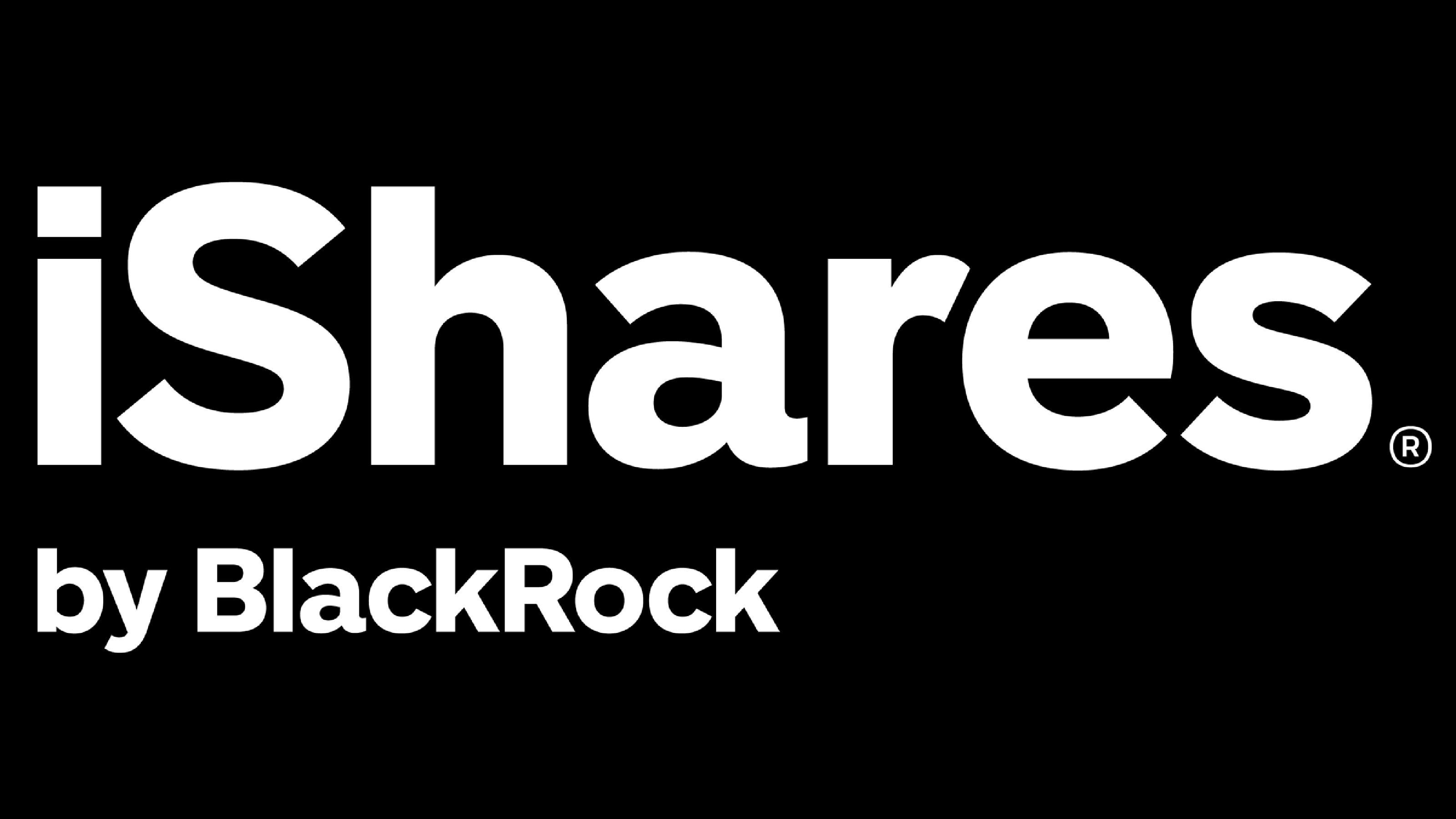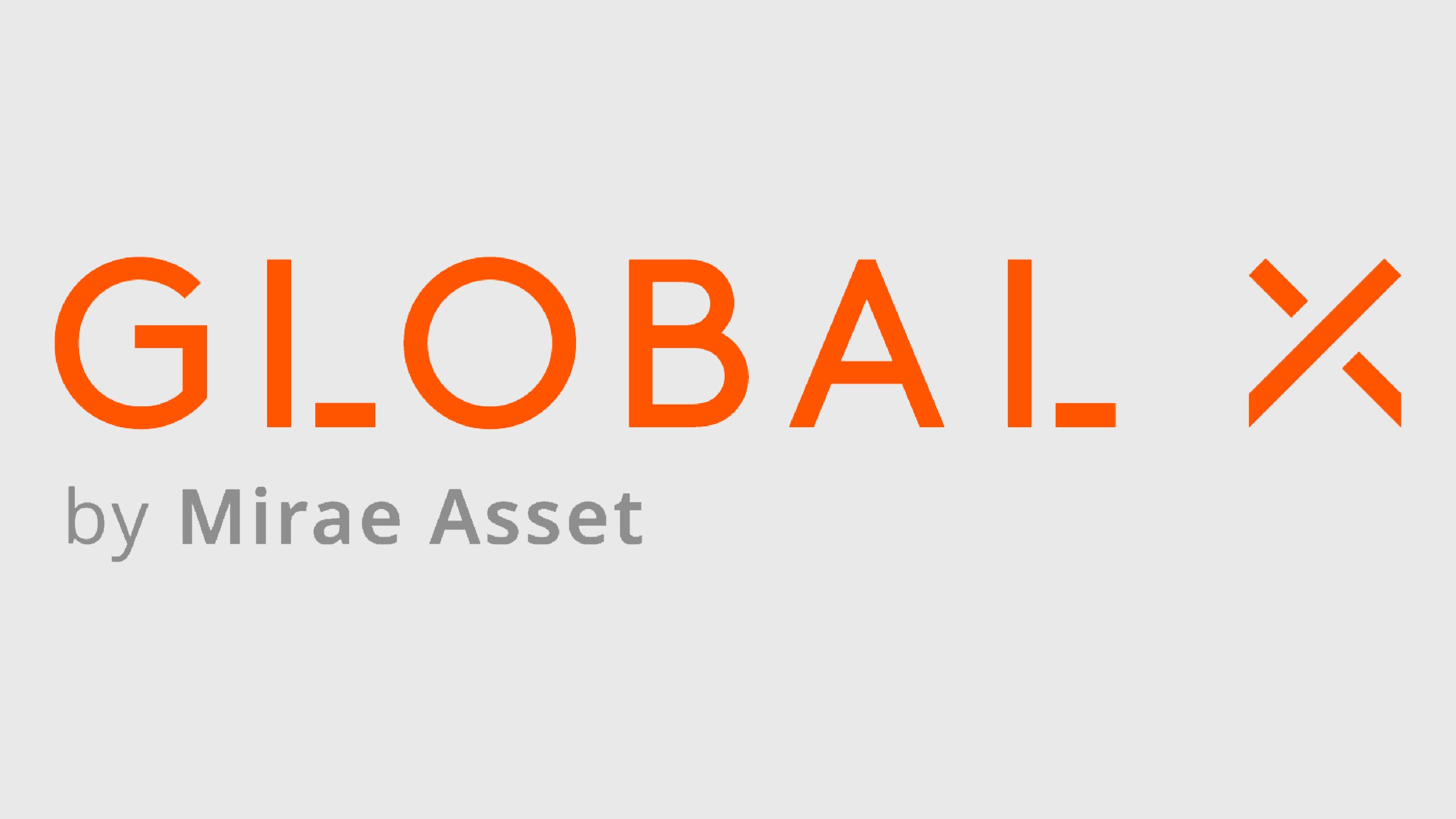The Best AI ETFs to Buy
The best AI ETFs provide investors access to a world-changing AI megatrend. But exposure, cost and risk can vary greatly.


The Global Industry Classification Standard (GICS) places information technology into three industry groups: software and services, technology hardware and equipment, and semiconductors and semiconductor equipment
In 2025, what ties these groups together is their role in developing, advancing, and commercializing artificial intelligence (AI) applications.
For the average person, AI today is less about science fiction and more about practical tools. It powers voice assistants, creates personalized shopping suggestions, improves medical imaging, automates customer service and helps design computer chips and software.
While entrepreneurs like Sam Altman of OpenAI or Elon Musk of xAI often speak about AI as a transformative force for society, most of its present use-cases remain focused on making existing technologies faster, cheaper and more efficient.
Because many of the companies driving this trend are publicly traded, a growing number of thematic exchange-traded funds (ETFs) have emerged to provide access.
Thematic ETFs focus on a specific theme, such as AI, rather than a broad sector or market index. This makes them different from traditional sector funds or index funds, which cast a wider net and hold companies across an entire industry or market.
Understanding AI as an investor
It's easy to get lost in the details if you approach AI investing by trying to understand what the technology is capable of.
New large language models roll out quickly, and disruption means today's leader could be tomorrow's laggard. Unless you have a technical or scientific background, parsing whitepapers and research can feel overwhelming.
For most investors, a more practical approach is to view the AI ecosystem holistically. That means following where the money is going and identifying which companies can embed themselves at each stage of the value chain.
This mindset also requires discarding traditional sector boundaries, since AI-related companies are not confined to technology stocks. They also show up as communication services stocks, consumer discretionary stocks, even real estate stocks.
Technology: Microsoft (MSFT), Nvidia (NVDA), Oracle (ORCL) and CoreWeave (CRWV) provide the software, chips and cloud infrastructure that power AI.
Communications: Alphabet (GOOGL) and Meta Platforms (META), though classified here rather than technology, embed AI in search, social media and digital advertising.
Consumer discretionary: Amazon.com (AMZN) applies AI to e-commerce, logistics, and cloud services, while Tesla uses it in autonomous driving.
Real estate: Data center REITs such as Equinix (EQIX) and Digital Realty (DLR) supply the physical infrastructure needed to support AI’s computing demands.
AI ETFs are designed to give investors exposure across this ecosystem. Many use index-based benchmarks that apply rules to sift through potential holdings, whether by measuring the percentage of revenue tied to AI or even scanning earnings reports for mentions of AI.
Others are actively managed, relying on analyst teams to apply discretion and, increasingly, using AI tools themselves to process information more efficiently.
How we picked the best AI ETFs
For AI thematic ETFs, we included both passive and active funds.
While S&P's SPIVA scorecards show many active managers underperforming broad stock and bond benchmarks, that data mostly covers traditional style categories like value, growth or small- and large-cap. Comparable long-term performance data for AI ETFs doesn't exist yet.
Another reason to consider active funds is that many passive, index-based AI ETFs charge expense ratios similar to their active peers.
Since the segment is narrow and diversification is hard to achieve, the active-vs-passive distinction is less critical for investors here.
We did, however, set a fee cap. Only ETFs with expense ratios at or below 0.75% made the list. On a $10,000 investment, that equals $75 in annual fees.
These costs aren't paid upfront but deducted gradually, reducing net returns over time. This is generally the standard for active ETFs and should not be exceeded for index-tracking ETFs.
Liquidity was another key factor. Large-cap U.S. AI companies trade actively, but smaller and foreign stocks often do not.
Because ETF liquidity depends on the liquidity of the underlying holdings, we prioritized ETFs with a 30-day median bid-ask spread of 0.1% or less.
Finally, we screened for scale. The ETF industry is highly competitive, with small and large issuers alike launching new AI funds to capture investor attention. Not all will survive.
Funds below $50 million in assets under management face higher closure risk, so we limited our picks to those above this threshold.

iShares AI Innovation and Tech Active ETF
- Assets under management: $5.84 billion
- Expense ratio: 0.55%
- 30-day median bid-ask spread: 0.09%
- Inception date: October 21, 2024
The iShares AI Innovation and Tech Active ETF (BAI) is one of iShares' actively managed ETFs overseen by Tony Kim, head of the Fundamental Equities Global Technology Team, and Reid Menge, portfolio manager on the same team, along with a group of technology-focused analysts.
Both of the portfolio managers are managing directors at BlackRock (BLK), with Tony having 30 years of experience when it comes to technology investments.
The fund takes a concentrated approach with just 39 holdings, using a "bottom-up" stock-picking strategy. In active management, this means focusing on individual company fundamentals rather than broad sector or macroeconomic trends.
BlackRock positions the ETF as a satellite holding, designed to complement a diversified core portfolio.

Global X Artificial Intelligence & Technology ETF
- Assets under management: $5.4 billion
- Expense ratio: 0.68%
- 30-day median bid-ask spread: 0.02%
- Inception date: May 11, 2018
The Global X Artificial Intelligence & Technology ETF (AIQ) tracks the Indxx Artificial Intelligence & Big Data Index. It currently holds 88 companies, with top positions in Alphabet, Oracle, Tesla (TSLA), Broadcom (AVGO) and Apple (AAPL).
A notable feature of AIQ is a sizable allocation to foreign AI leaders, including Alibaba (BABA), Samsung Electronics and Taiwan Semiconductor Manufacturing (TSM).
AIQ's holdings show strong fundamentals, with an average return on equity of 18.6%. However, valuations are high, with a 2025 price-to-earnings ratio of 25.77 and a price-to-book ratio of 4.45.
Investors should also expect higher volatility than the S&P 500, reflected in a 1.21 beta.

iShares Future AI & Tech ETF
- Assets under management: $1.58 billion
- Expense ratio: 0.47%
- 30-day median bid-ask spread: 0.07%
- Inception date: June 26, 2018
For investors prioritizing lower fees, BlackRock offers the iShares Future AI & Tech ETF (ARTY) as the passive counterpart to BAI.
ARTY tracks the Morningstar Global Artificial Intelligence Select Index, a fairly concentrated portfolio of 48 global companies across generative AI, AI data and infrastructure, AI software and AI services verticals.
Choosing ARTY over BAI may come down to transparency preferences. BAI, as an actively managed strategy, is more opaque and more subject to manager discretion, leaving potential for style drift if a lead manager were to depart.
With ARTY, investors can download the index rules and clearly see why a company is added or removed.

Dan Ives Wedbush AI Revolution ETF
- Assets under management: $742 million
- Expense ratio: 0.75%
- 30-day median bid-ask spread: 0.03%
- Inception date: June 3, 2025
Wedbush Securities, long known for its equity research, entered the ETF space with the Dan Ives Wedbush AI Revolution ETF (IVES), its first product.
The fund carries the name of Dan Ives, Wedbush's managing director and popular tech analyst recognized from CNBC and Bloomberg for his colorful attire and bullish stance on disruptive technology.
Despite that branding, IVES is not actively managed. Instead, it tracks the Solactive Wedbush Artificial Intelligence Index, a portfolio of 30 AI-related companies.
The index starts with U.S.-listed equities and ADRs that meet minimum size and liquidity requirements, then applies a thematic filter tied to the "Dan Ives AI 30" research list.
Solactive's indexing software uses natural language processing to screen filings and public sources for AI relevance, with only companies deriving at least 50% of revenue from related areas making the cut.

Global X Robotics & Artificial Intelligence ETF
- Assets under management: $3.01 billion
- Expense ratio: 0.68%
- 30-day median bid-ask spread: 0.03%
- Inception date: September 12, 2016
Global X offers two AI-focused thematic ETFs. While AIQ provides a generalist approach to AI development and infrastructure, the Global X Robotics & Artificial Intelligence ETF (BOTZ) is more specialized.
BOTZ tracks the Indxx Global Robotics & Artificial Intelligence Thematic Index, holding 52 companies tied to applied AI in areas such as industrial robotics, automation, non-industrial robots and autonomous vehicles.
The portfolio differs noticeably from AIQ. Though there are overlaps such as Nvidia, BOTZ allocates much more toward industrials and health care, reflecting its applied automation tilt.
For instance, top holding Intuitive Surgical (ISRG) uses robotics for minimally invasive procedures, and AeroVironment (AVAV) develops drones.
Just over half of the portfolio is invested outside the U.S., with a significant allocation to Japan.
Learn more about BOTZ at the Global X provider site.
Related content
Profit and prosper with the best of Kiplinger's advice on investing, taxes, retirement, personal finance and much more. Delivered daily. Enter your email in the box and click Sign Me Up.
Tony started investing during the 2017 marijuana stock bubble. After incurring some hilarious losses on various poor stock picks, he now adheres to Bogleheads-style passive investing strategies using index ETFs. Tony graduated in 2023 from Columbia University with a Master's degree in risk management. He holds the Certified ETF Advisor (CETF®) designation from The ETF Institute. Tony's work has also appeared in U.S. News & World Report, USA Today, ETF Central, The Motley Fool, TheStreet, and Benzinga. He is the founder of ETF Portfolio Blueprint.
-
 How Much a $100k Jumbo CD Earns You
How Much a $100k Jumbo CD Earns YouYou might be surprised at how fast a jumbo CD helps you reach your goals.
-
 How Charitable Trusts Benefit You and Your Favorite Charities
How Charitable Trusts Benefit You and Your Favorite CharitiesThese dual-purpose tools let affluent families combine philanthropic goals with advanced tax planning to generate income, reduce estate taxes and preserve wealth.
-
 A 5-Step Plan for Parents of Children With Special Needs
A 5-Step Plan for Parents of Children With Special NeedsGuidance to help ensure your child's needs are supported now and in the future – while protecting your own financial well-being.
-
 A Financial Planner Takes a Deep Dive Into How Charitable Trusts Benefit You and Your Favorite Charities
A Financial Planner Takes a Deep Dive Into How Charitable Trusts Benefit You and Your Favorite CharitiesThese dual-purpose tools let affluent families combine philanthropic goals with advanced tax planning to generate income, reduce estate taxes and preserve wealth.
-
 A 5-Step Plan for Parents of Children With Special Needs, From a Financial Planner
A 5-Step Plan for Parents of Children With Special Needs, From a Financial PlannerGuidance to help ensure your child's needs are supported now and in the future – while protecting your own financial well-being.
-
 How Financial Advisers Can Best Help Widowed and Divorced Women
How Financial Advisers Can Best Help Widowed and Divorced WomenApproaching conversations with empathy and compassion is key to helping them find clarity and confidence and take control of their financial futures.
-
 A Wealth Adviser Explains: 4 Times I'd Give the Green Light for a Roth Conversion (and 4 Times I'd Say It's a No-Go)
A Wealth Adviser Explains: 4 Times I'd Give the Green Light for a Roth Conversion (and 4 Times I'd Say It's a No-Go)Roth conversions should never be done on a whim — they're a product of careful timing and long-term tax considerations. So how can you tell whether to go ahead?
-
 A 4-Step Anxiety-Reducing Retirement Road Map, From a Financial Adviser
A 4-Step Anxiety-Reducing Retirement Road Map, From a Financial AdviserThis helpful process covers everything from assessing your current finances and risks to implementing and managing your personalized retirement income plan.
-
 The $183,000 RMD Shock: Why Roth Conversions in Your 70s Can Be Risky
The $183,000 RMD Shock: Why Roth Conversions in Your 70s Can Be RiskyConverting retirement funds to a Roth is a smart strategy for many, but the older you are, the less time you have to recover the tax bite from the conversion.
-
 A Financial Pro Breaks Retirement Planning Into 5 Manageable Pieces
A Financial Pro Breaks Retirement Planning Into 5 Manageable PiecesThis retirement plan focuses on five key areas — income generation, tax management, asset withdrawals, planning for big expenses and health care, and legacy.
-
 4 Financial To-Dos to Finish 2025 Strong and Start 2026 on Solid Ground
4 Financial To-Dos to Finish 2025 Strong and Start 2026 on Solid GroundDon't overlook these important year-end check-ins. Missed opportunities and avoidable mistakes could end up costing you if you're not paying attention.

